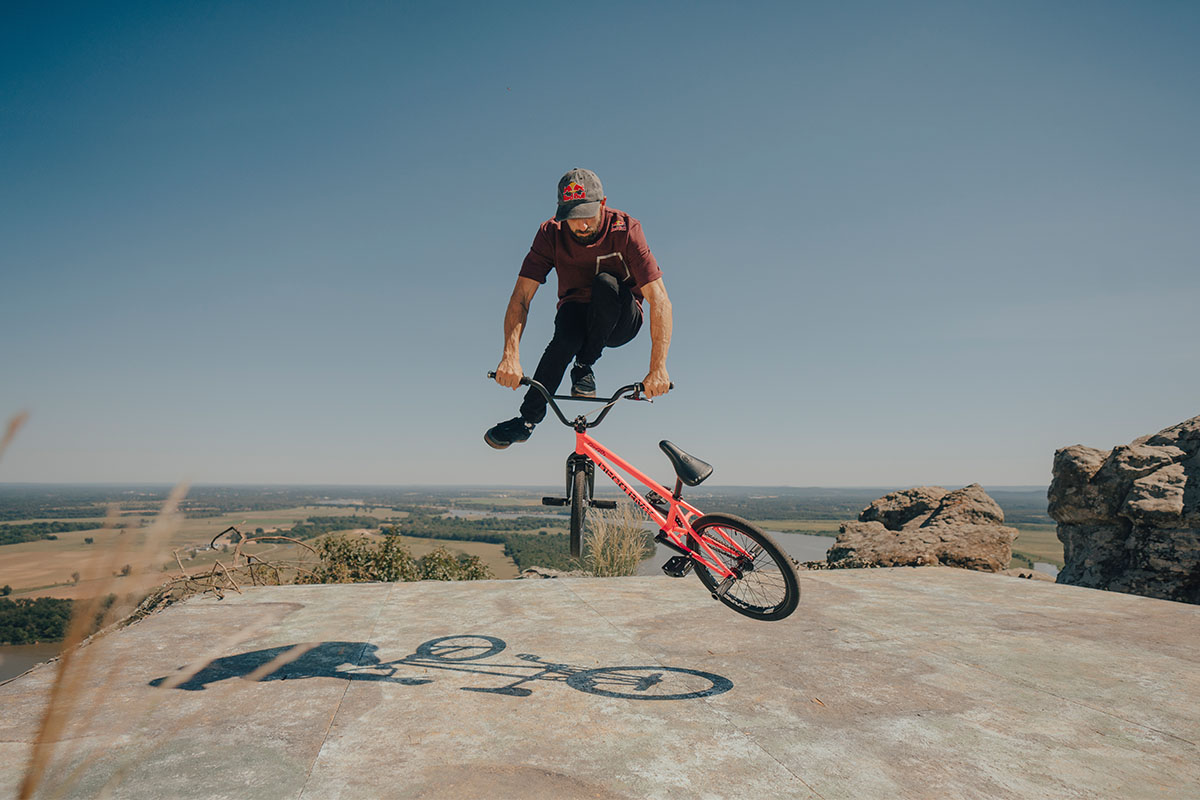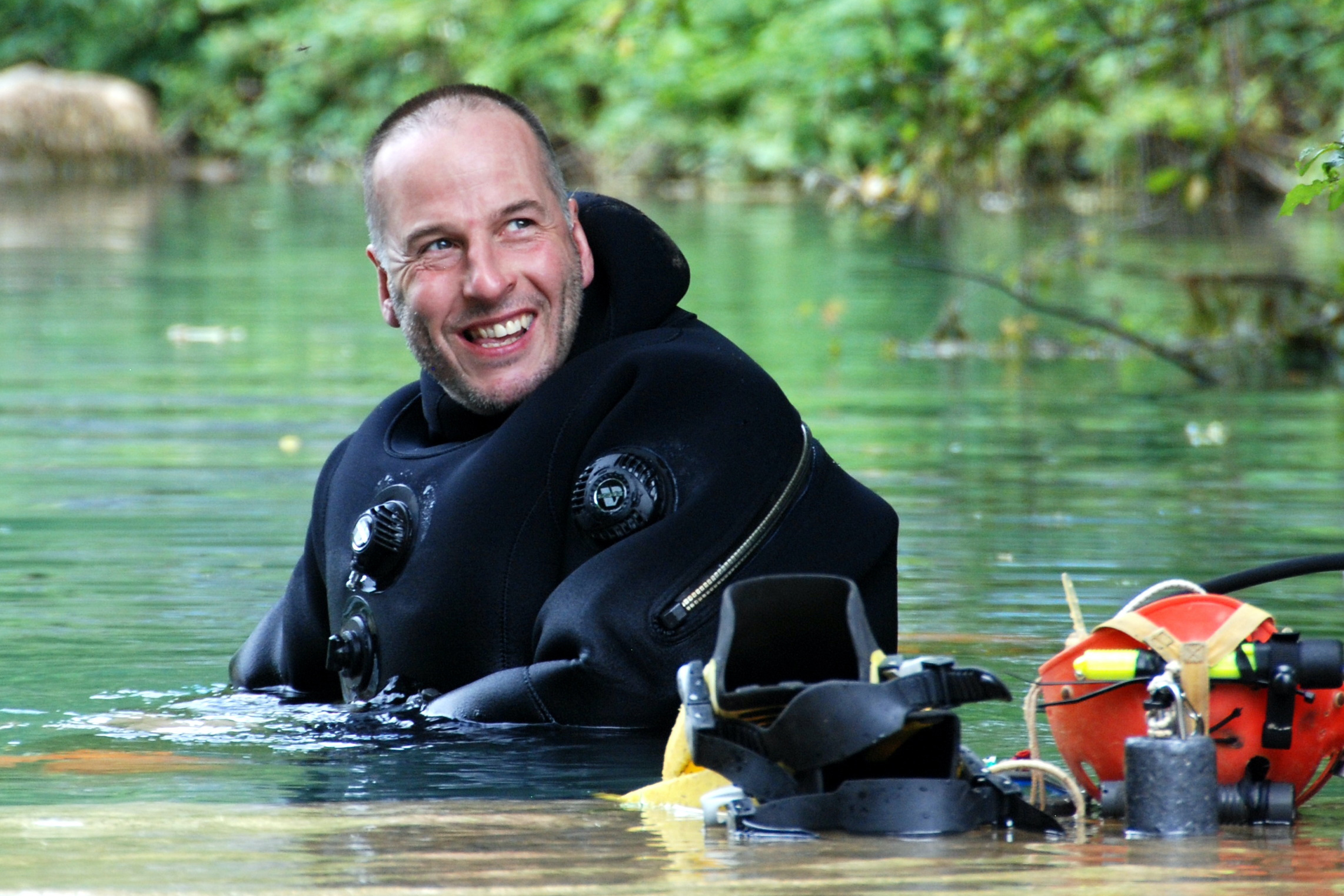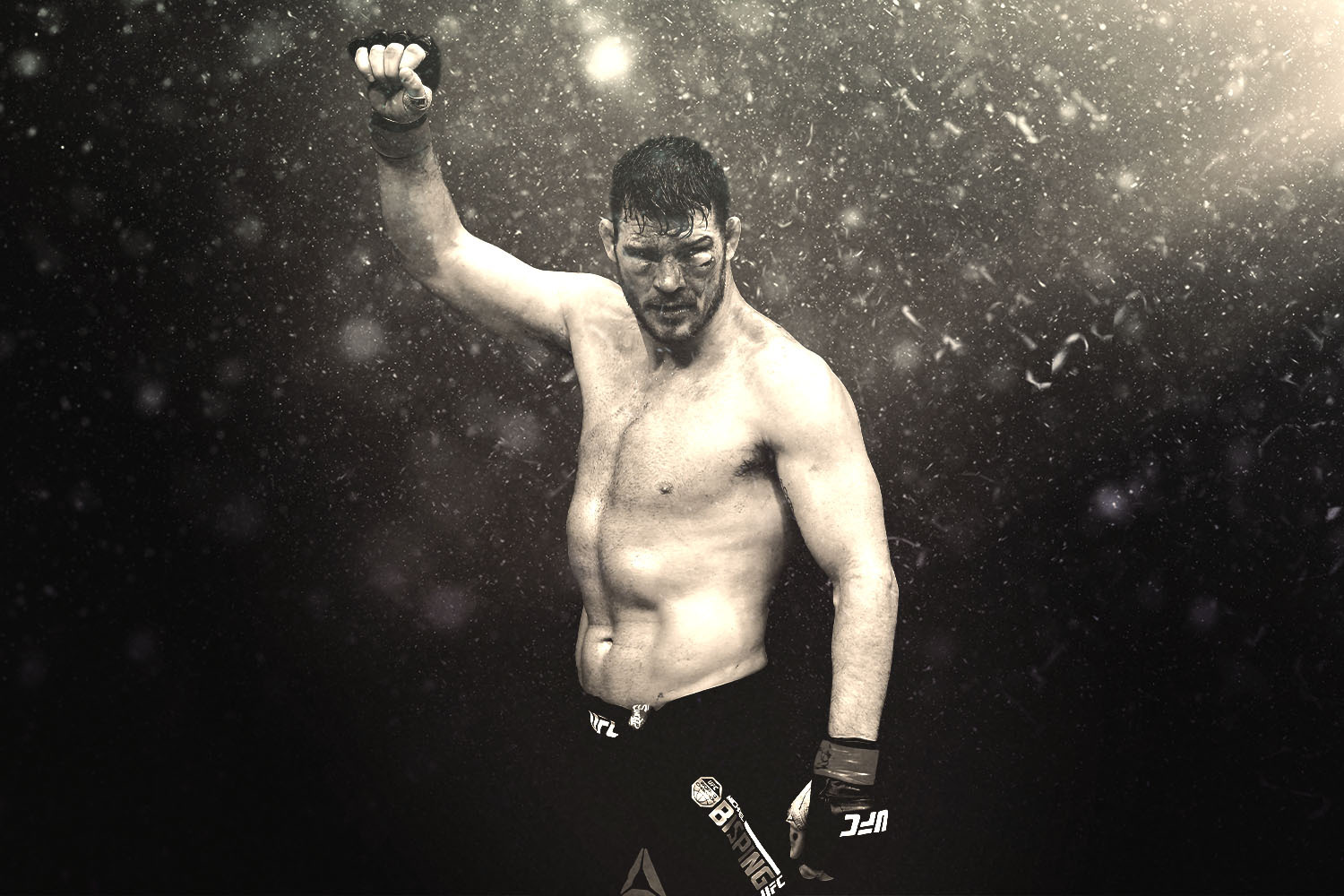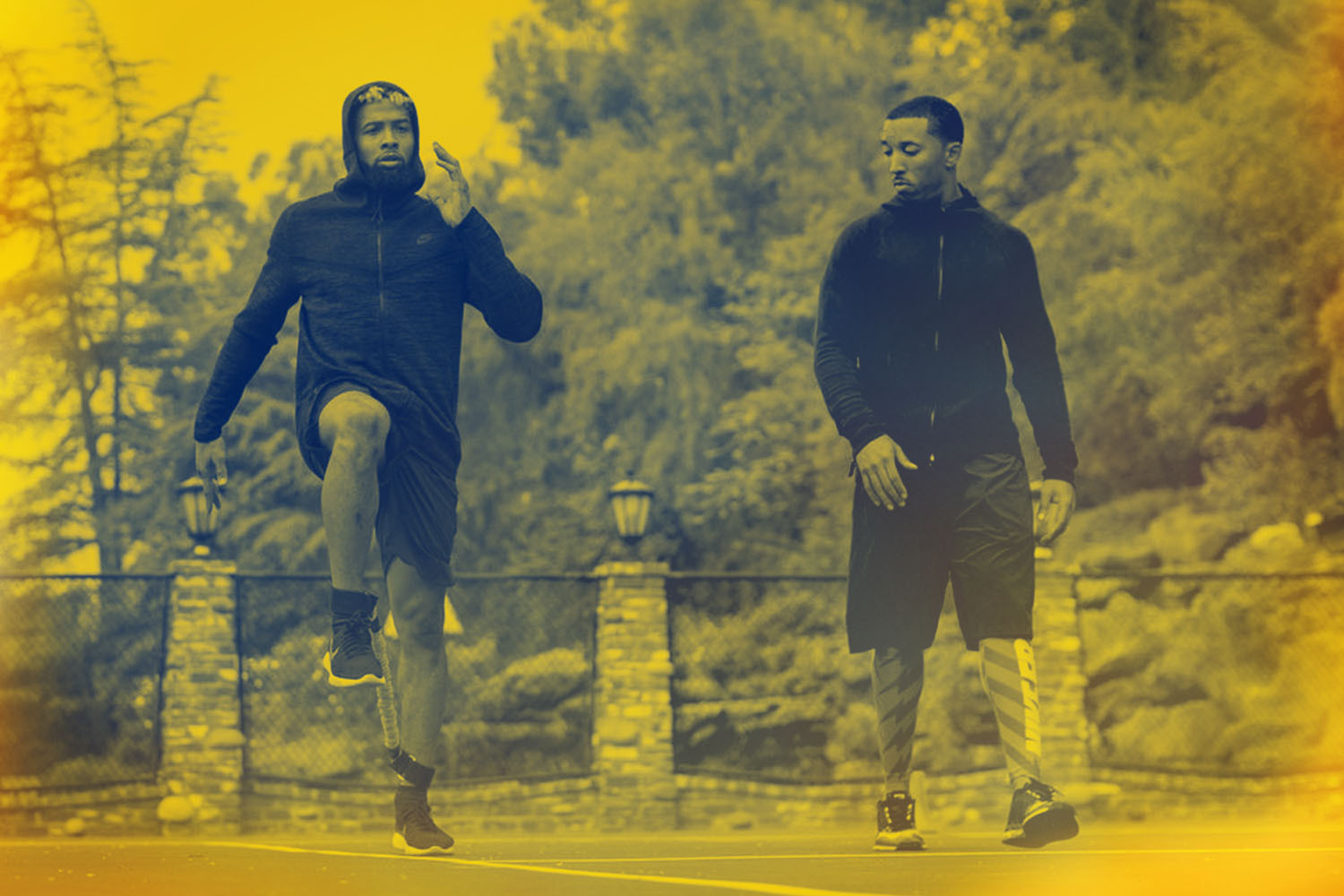Flatland BMX legend Terry Adams first burst onto the scene as a young phenom at the 2002 X Games in Philadelphia.
For those unfamiliar, “flatland” refers to a freestyle form of artistic cycling, conducted on flat surfaces, where a series of tricks and movements are combined to create a performance reminiscent of breakdancing. The sport was dropped by the X Games in the early aughts, and ever since, Adams and flatland have been patiently waiting to make an epic return to the landmark extreme sports event. That day has finally come.
“I’m blown away that two decades later I’m still getting the invite,” says Adams, who, at 38, is the oldest athlete to qualify for the 2022 X Games in Japan. The timing couldn’t be better; a few years ago Adams took charge of his fitness and recovery in a way that has him performing better than ever. “Thanks to the changes that I’ve made in my life I feel like I am more than ready to compete. I honestly feel like I have superpowers.”
Below, Adams shares how a few lifestyle changes (some extreme, others you could adopt into your own day-to-day) have allowed him to continue pursuing his dream.
Find the Drive
I remember watching one of the first X Games on ESPN and what the riders were doing just looked impossible to me. I wanted to figure it out for myself. I eventually found flatland and I fell in love with it because I recognized it as the more artful side of BMX. There aren’t any rules and there’s a ton of room to come up with original tricks.
Back in the day I was driven by the desire to be in magazines, on DVDs, and on VHSs…when those were around. I spent months creating new tricks and routines. The first accomplishment that put me on the map was a trick called “Katrina,” which I created after the hurricane hit back home in Louisiana. I jump over the back of my bike onto my pegs, and it is completely unique to me. I still compete with it because it hasn’t been copied yet; it’ll be a part of my routine at the X Games.
The whole flatland BMX community has been waiting for the sport to get back on television and in the X Games. I’m proud to be able to represent America for the event. The format this year is more of a battle style, which is going to provide a new challenge when the best go up against the best. I’ve come to terms with the fact that performing and competing at this sport is my life’s purpose. I’m eternally grateful that I’ve found this passion. The only dilemma I see, when I’m asked to look for a dilemma, is the idea of having to stop at some point. That day when I can’t ride. Where am I going to find the happiness and the peace riding gives me once it’s taken away? So the goal is to be able to do it as long as humanly possible.
Three years ago I made the conscious decision that I wanted to be number one again. I wanted to stand on podiums and compete at the top. I knew that had to start internally and changes needed to be made. The drive comes from wanting to push this thing further than ever.
Find the Quiet
One of the first changes I made that I saw results from was meditation. I do 25 minutes every single morning. It’s very much become a part of my regime. I have a meditation pillow that I bring with me and sit on for that alone time. Through that practice I’ve found the ability to really follow my breath and be extremely present in the moment. I had just been meditating for a few days when I discovered how much quicker I was able to fall asleep at night. It’s clearly unlocked something in my brain.
Train for the Job
Everything that I do in the gym now is directly related to the tricks that I’m doing with flatland. So much of the sport is reliant on your core strength and balance. I had a lot of natural ability and strength when I was in my 20s, but lost it when I was going into my 30s. I was also picking up these small back injuries. That’s when I got with my coaches to develop some routines that would really address that issue, and now I’m back with a vengeance. I’m more stable on the bike now than ever before, and when I come off it a little too quick or hard my body is able to take the punishment.
These days I do core on Tuesdays and Thursdays, strength on Monday, Wednesday, and Friday. The only equipment I use for the strength sessions is a pull-up bar and a TRX. There’s a new program every month, and at the end of it the weight gets heavier and the holds get longer. I want to train smart and not overtrain, which is a problem a lot of BMX riders face because there’s so much repetition.
I start every workout with half an hour of fast “pool cardio,” whether that’s running in place, jumping, or swinging my legs side to side. I used to do it only three days a week, but when I saw the benefits I upped it to six days. During the warmer months I’ll do it in the pool, but when it gets chilly in the winter I go into the hot tub so that I can stay outside. It really helps that it’s low impact, as I’ve endured a number of injuries over my career. The first serious one was a broken wrist back when I was twelve years old. That was followed by collarbone, kneecap, and a long list of others.
I dread my workouts. All of it. I don’t look forward to waking up early every morning and trudging into the pool. But the fact is that I look better than I ever have. It’s not just a superficial thing, either; I feel like I can do anything right now. It’s given me more confidence for when I walk out onto the competition floor, and I feel more comfortable going for the impossible now.
Fuel the Fire
I could tell immediately after I started adjusting my diet that my workouts were getting better. Back before I started these changes, I’d eat twice a day and eat a whole lot of food during those meals. Now my schedule’s split up into more like six meals in a day, and that really helps me calculate my energy spikes. It’s essential, considering how much energy I require between training, stretching and rides. I’m riding for about five hours a day and following that with two hours in the gym.
The first thing I eat is a protein shake using whey protein, a banana and a sugar-free Red Bull. I get done what I need to, then I have my breakfast meal: one avocado, two scrambled eggs and a low-carb wrap. That fuels me for my first riding session. I do two snacks a day and they’re always the same. The first one is two tablespoons of almond butter and an apple, and the second is a handful of almonds paired with a no-sugar beef jerky stick. The rest of the meals I eat a lot of vegetables. For protein I primarily stick with fish and chicken. I’ve really cut sugar out of my diet.
Rest and Recover
Everything really unlocked for me when I started paying more attention to my sleep schedule. Back in my early 20s, I was riding all day and night. I didn’t take rest days, and I didn’t care how much sleep I was getting. I used to stay up past midnight watching a lot of bad television and look at my phone. I tried going to bed earlier, staying away from the tech in the evenings and I saw benefits in just a few days. I saw my energy levels go through the rough and my focus was better during the competitions.
Once the realization came that sleep was the piece of the puzzle I was missing, I got really serious about it. These days I don’t look at any screens for about three hours before I go to bed, which is around 8 o’clock at night. I started using the resources at sleep.com to monitor my sleep schedule and track how much rest I’m getting. My friends thought I was crazy when I first started telling them that I was winding down at 6 o’clock. I will start to dim down the lights to set the tone, and my whole family (including our three year old son) is on the same track. Sometimes there’s still daylight down here in Louisiana when I’m starting to get settled in.
I’m up at 3:30 in the morning, and I know people think that’s way too early to wake up. But when you look at how early I’m going to bed, I’m still getting plenty of sleep. There are a lot of athletes who will DM me on social media, or ask me in person what I’ve done to see the improvements I have. Sleep is the first thing I always say, because everyone does it and it’s the easiest thing to improve for most of us.
Cheat on Occasion
I have a “cheat night” every Friday evening, where I get myself a pizza and stay up a little later. It’s important to have those breaks, to allow yourself to break free of the routine from time to time. It’s something that I enjoy, but it also reinforces what I’m doing the rest of the week when I see how I’m a little slower the next day. I’ll be getting into my ride on Saturday morning and I can feel the difference immediately. It only makes me more committed when Monday comes back around, and those are usually my best rides of the week.
The Charge will help you move better, think clearer and stay in the game longer. Subscribe to our wellness newsletter today.
























